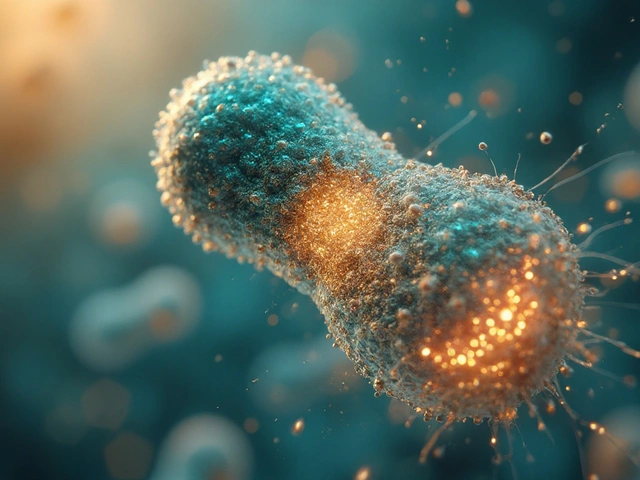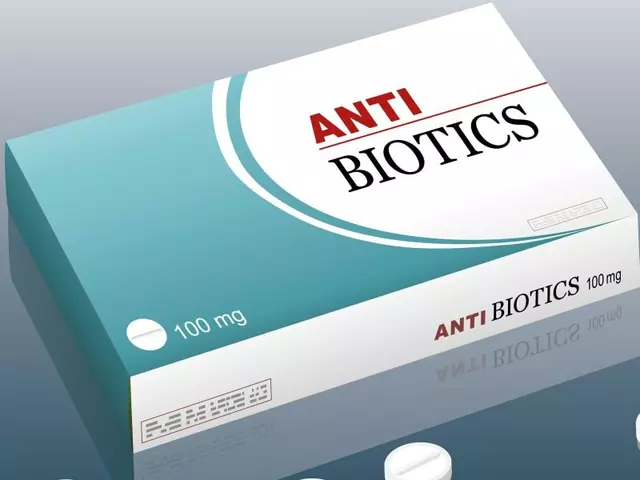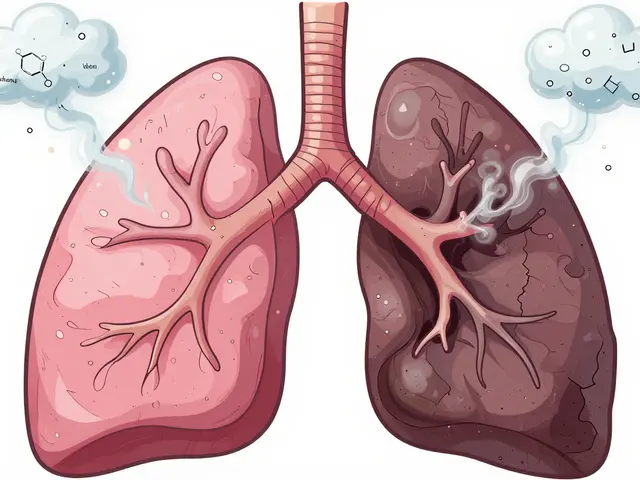Non-Statin Lipid-Lowering Agents: What You Need to Know
Not everyone can take statins, and some people need more LDL lowering than statins alone provide. Good news: there are several non-statin options that work in different ways. This page explains the main choices, who they suit, and quick practical tips you can use when talking with your doctor.
Key non-statin drugs and how they work
Ezetimibe — an oral pill that blocks cholesterol absorption in the gut. It usually lowers LDL by about 15–20% and is often added to a statin or used when statins aren’t tolerated.
PCSK9 inhibitors (evolocumab, alirocumab) — injectable antibodies given every 2–4 weeks. They cut LDL dramatically (often 50%+). They’re used for very high LDL, familial hypercholesterolemia, or when other drugs aren’t enough or tolerated.
Bempedoic acid — an oral drug that lowers LDL by around 15–25%. It’s useful for people who can’t take statins. Watch for increased uric acid or gout flare-ups.
Fibrates (fenofibrate, gemfibrozil) — best for high triglycerides, less effective on LDL. They’re helpful if your main problem is very high TGs but can interact with statins and raise muscle risk, especially gemfibrozil.
Bile acid sequestrants (cholestyramine, colesevelam) — pills or powders that bind bile acids in the gut and lower LDL. Common side effects are bloating and constipation; they can reduce absorption of some other drugs.
Icosapent ethyl (EPA) — a prescription omega-3 that lowered cardiovascular events in a major trial for people with high triglycerides and established heart disease or diabetes.
Specialty drugs (lomitapide, mipomersen) — reserved for rare, severe genetic cases like homozygous familial hypercholesterolemia. They can cause liver issues and need specialist care.
Practical choices, monitoring, and tips
Who should consider non-statins? If you can’t tolerate statins, your LDL goal isn’t met on statins, or you have a genetic condition, non-statins help. Ask your clinician about expected LDL drop, side effects, and cost—PCSK9s and specialty drugs can be pricey and may need insurance approval.
Monitoring usually includes a lipid panel to check response, and periodic liver tests for some drugs. Tell your doctor about gout, diabetes, or if you take many other medicines—bempedoic acid can raise uric acid, bile acid binders interfere with absorption, and fibrates can raise muscle risk with statins.
Questions to bring to your visit: What LDL goal should I hit? How much will this drug lower my LDL? Are there cheaper options or generics? How will we monitor safety? Is this short-term or lifelong?
Diet, exercise, and smoking cessation still matter. Non-statins are tools to add to lifestyle changes, not replace them. If you’re unsure, ask for a referral to a lipid specialist—especially for complex cases or genetic conditions.
Want a quick checklist for your doctor’s visit? Write down current meds, any muscle or liver symptoms, insurance details, and your top two treatment goals. That keeps the conversation focused and practical.

Fed up with statins and their side effects? This guide explores non-statin lipid-lowering agents, including PCSK9 inhibitors, ezetimibe, and bempedoic acid. Get the lowdown on how these meds work, who benefits, their side effects, and what science says in 2025. Find out about the latest approved alternatives and tips for choosing between them. Practical, human, and totally up-to-date.






